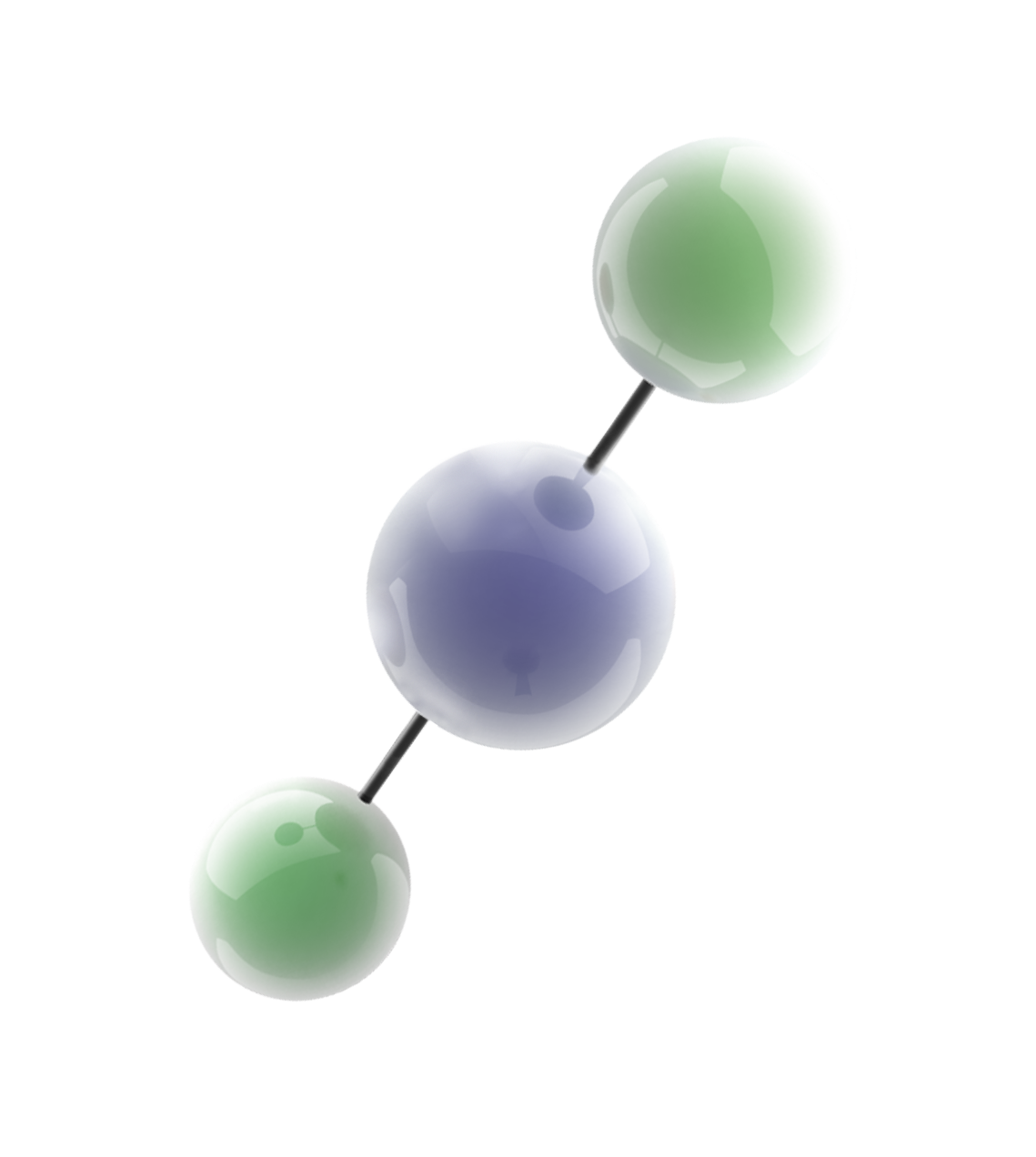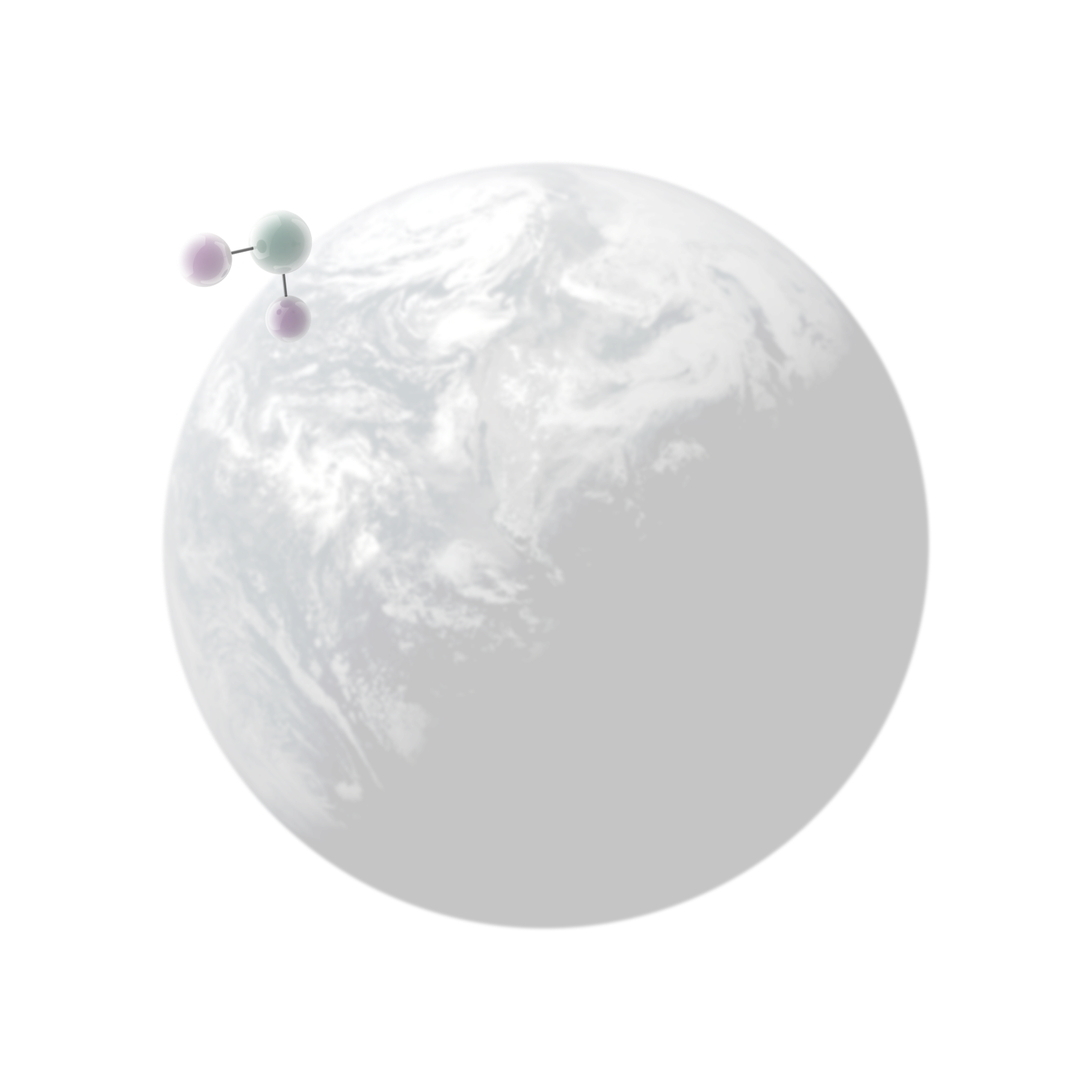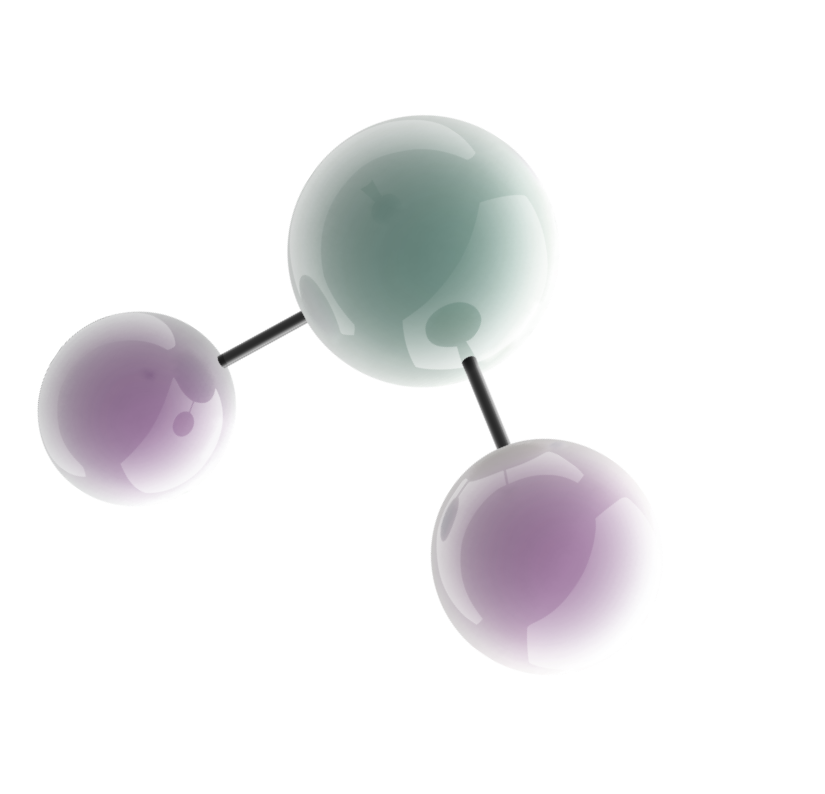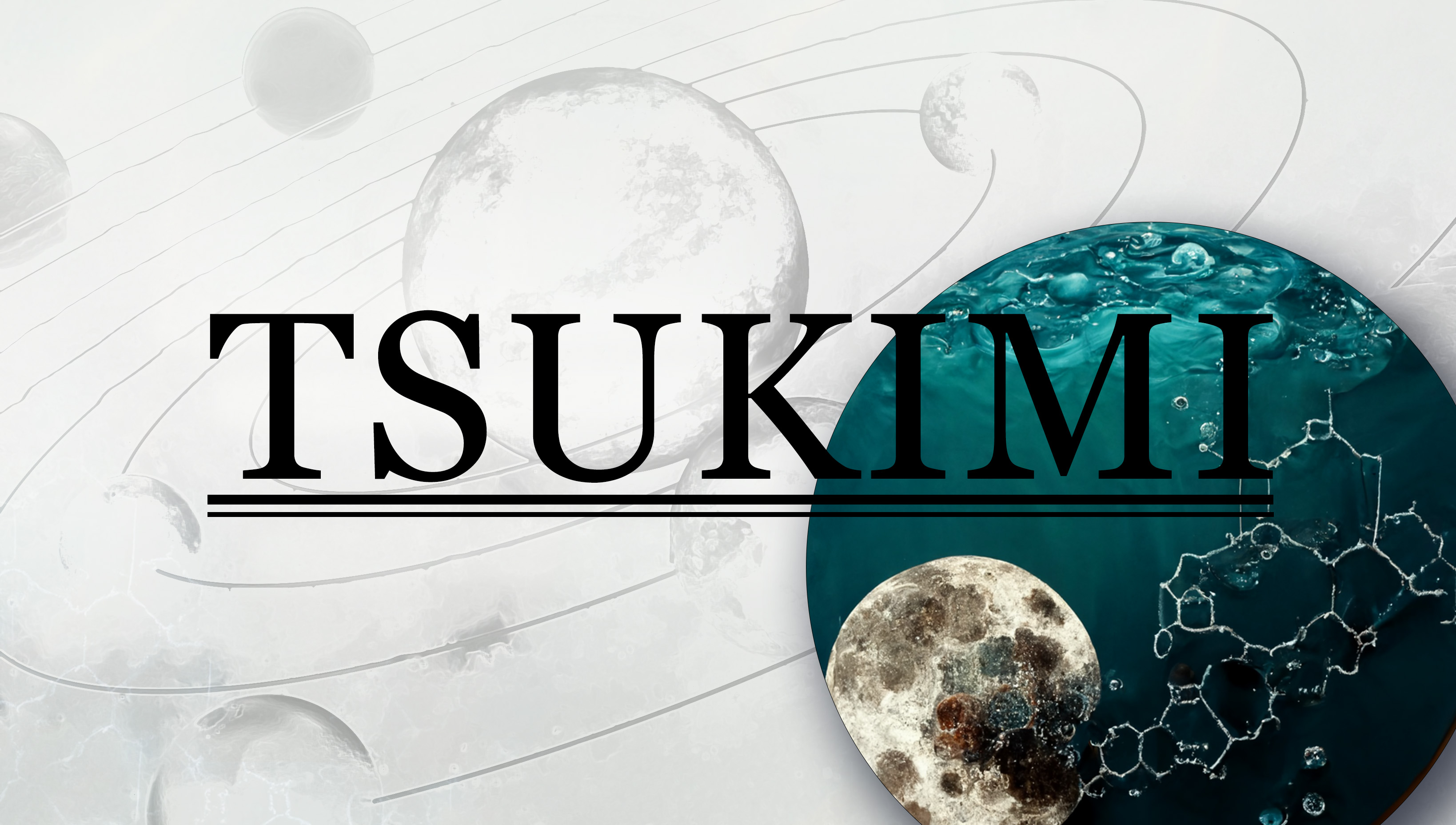
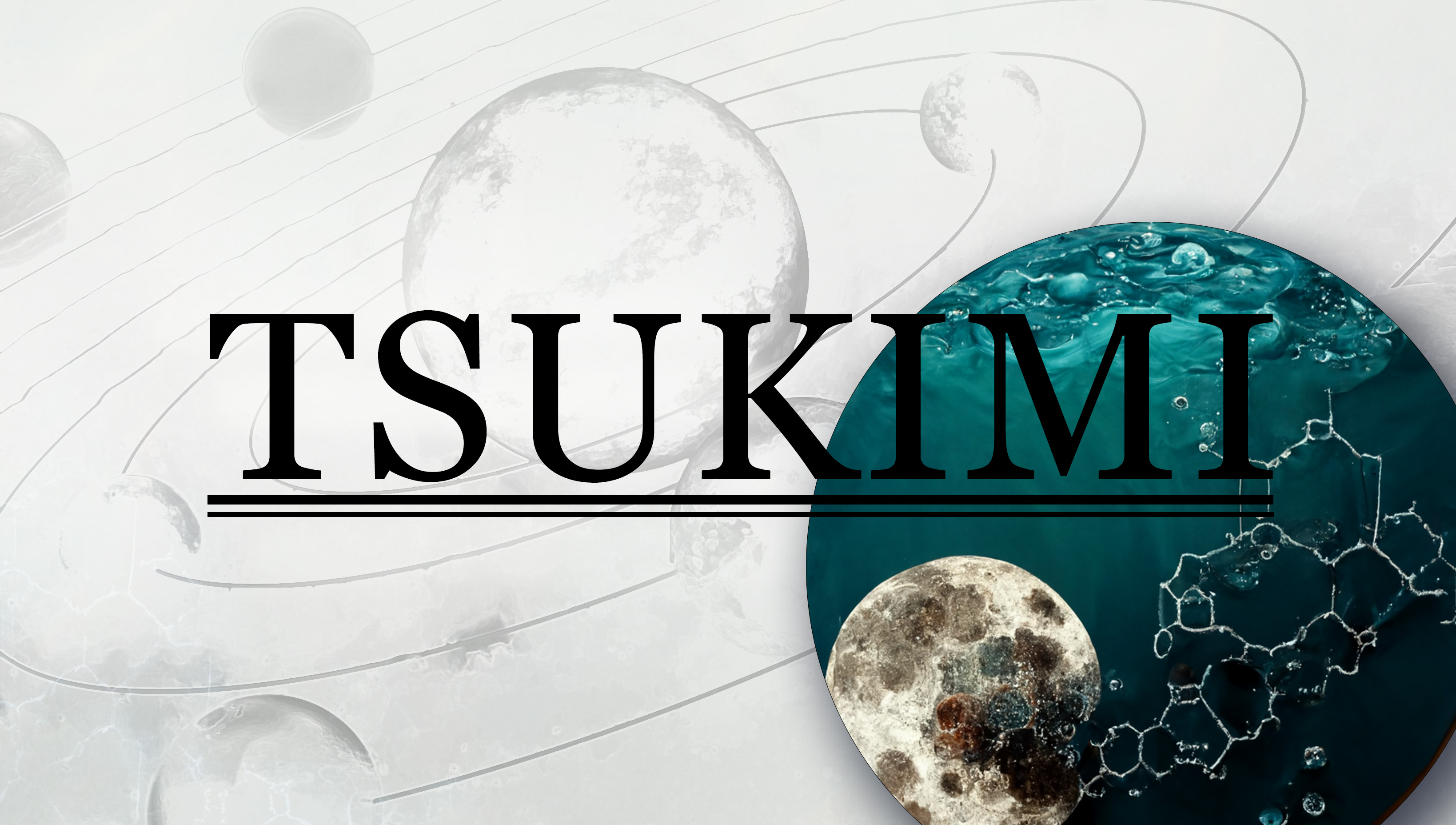
TSUKIMI:
Lunar Terahertz SUrveyor for KIlometer-scale MappIng
Treasure resources," including water and metallic minerals, are expected to exist on the Moon and asteroids; however, their exact locations are unknown. Using a new electromagnetic wave, terahertz, we aim to create the world's first "Space Treasure Map" of the lunar surface where new industries, such as a base for space exploration, will be born.
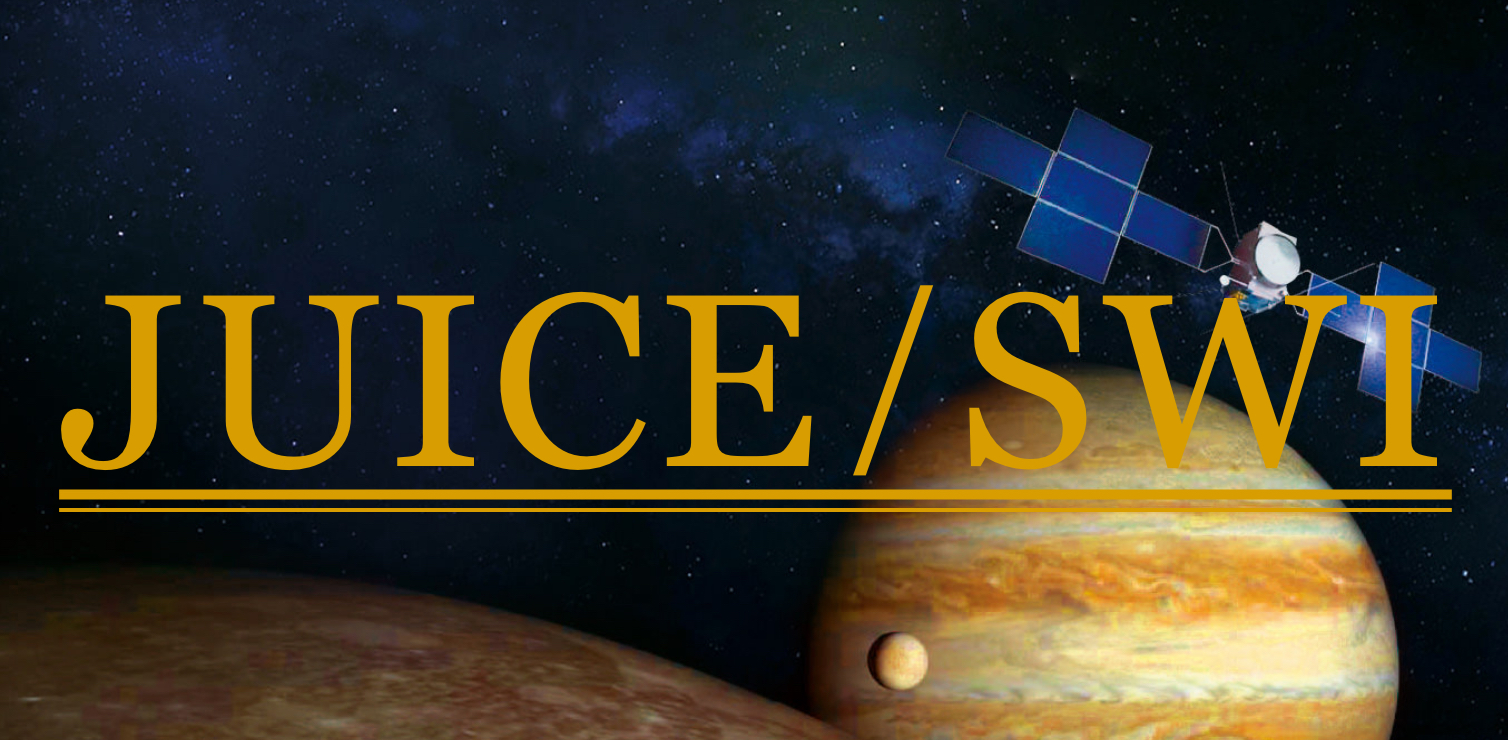
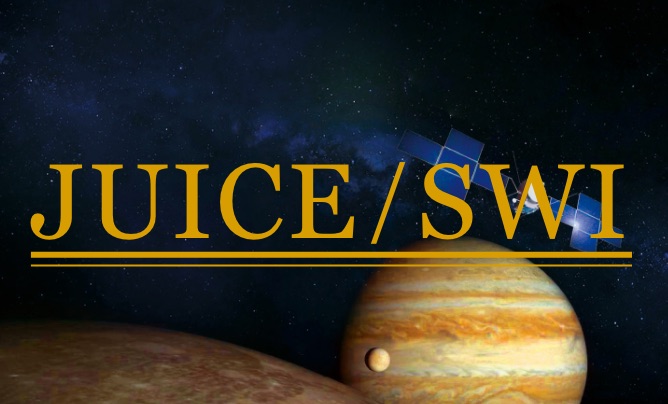
JUICE/SWI:
JUpiter ICy moon Explorer
JUICE (JUpiter ICy moons Explorer) is an Mission to explore the waterrich moons Ganymede, Callisto, and Europa of planet Jupiter. It is one of the largest international solar system exploration programs in history, led by the ESA (European Space Agency), with the participation of US and Japan. It will be launched in 2023, arrive at Jupiter in 2031, and enter Ganymede’s orbit in 2034.We will use SWI (The Submillimeter Wave Instrument) to observe the presence of water on Jupiter satellites. We explore the possibility of human activity and extraterrestrial life in the solar system.
Launch is coming soon! JUICE launch kit by ESA
Submillimetre Wave Instrument (SWI) twitter account
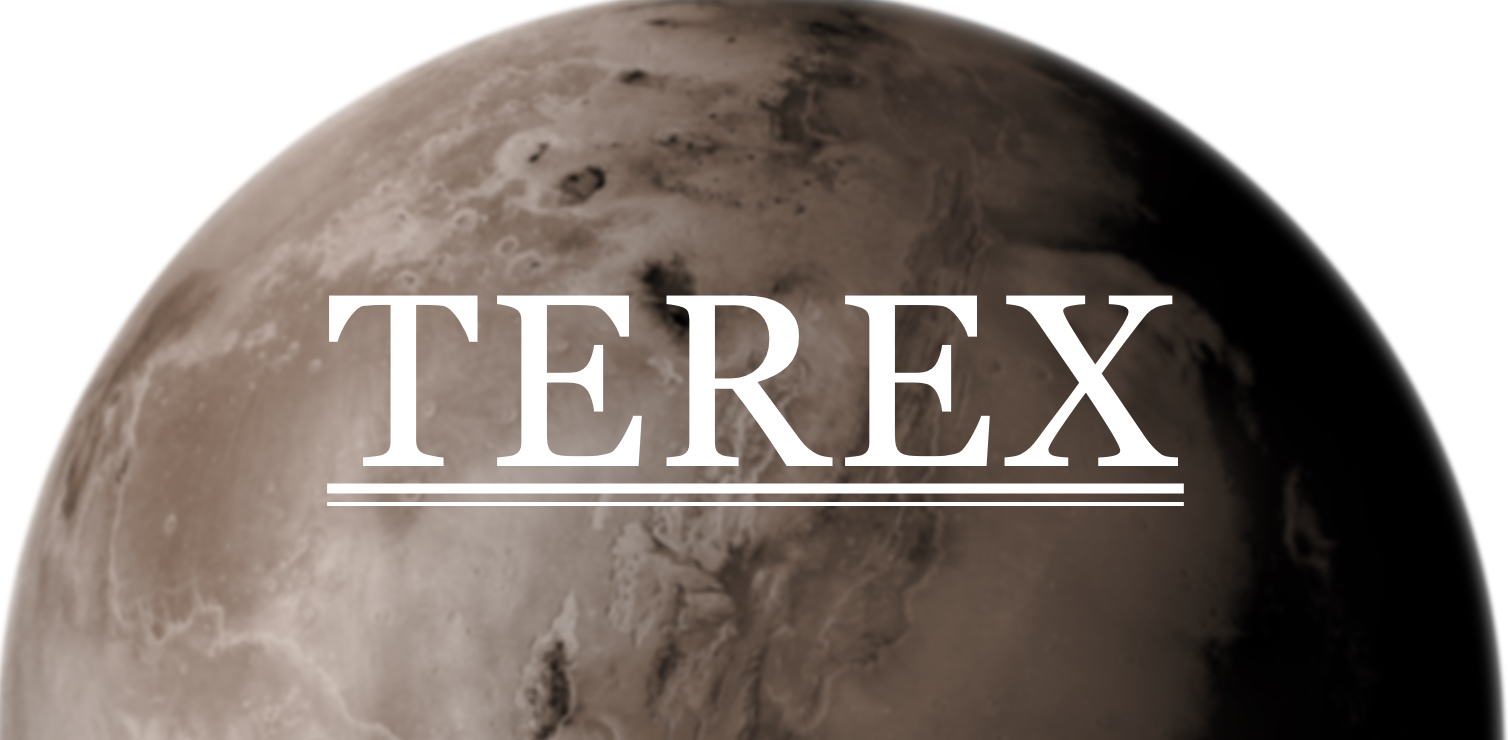
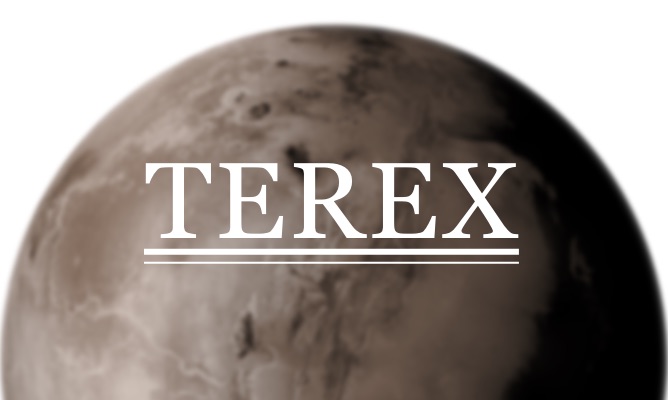
TEREX:
Micro Terahertz Explorer to Mars
We are developing TEREX (TERahertz EXplorer), the first micro terahertz explorer to Mars in the world. It will precisely measure the amount of water molecules and oxygen molecules, and search for water resources and about future human activity and the possibility of life on Mars. Our goal is to make a system to send cheap, light, small explorers to Mars on a regular basis.
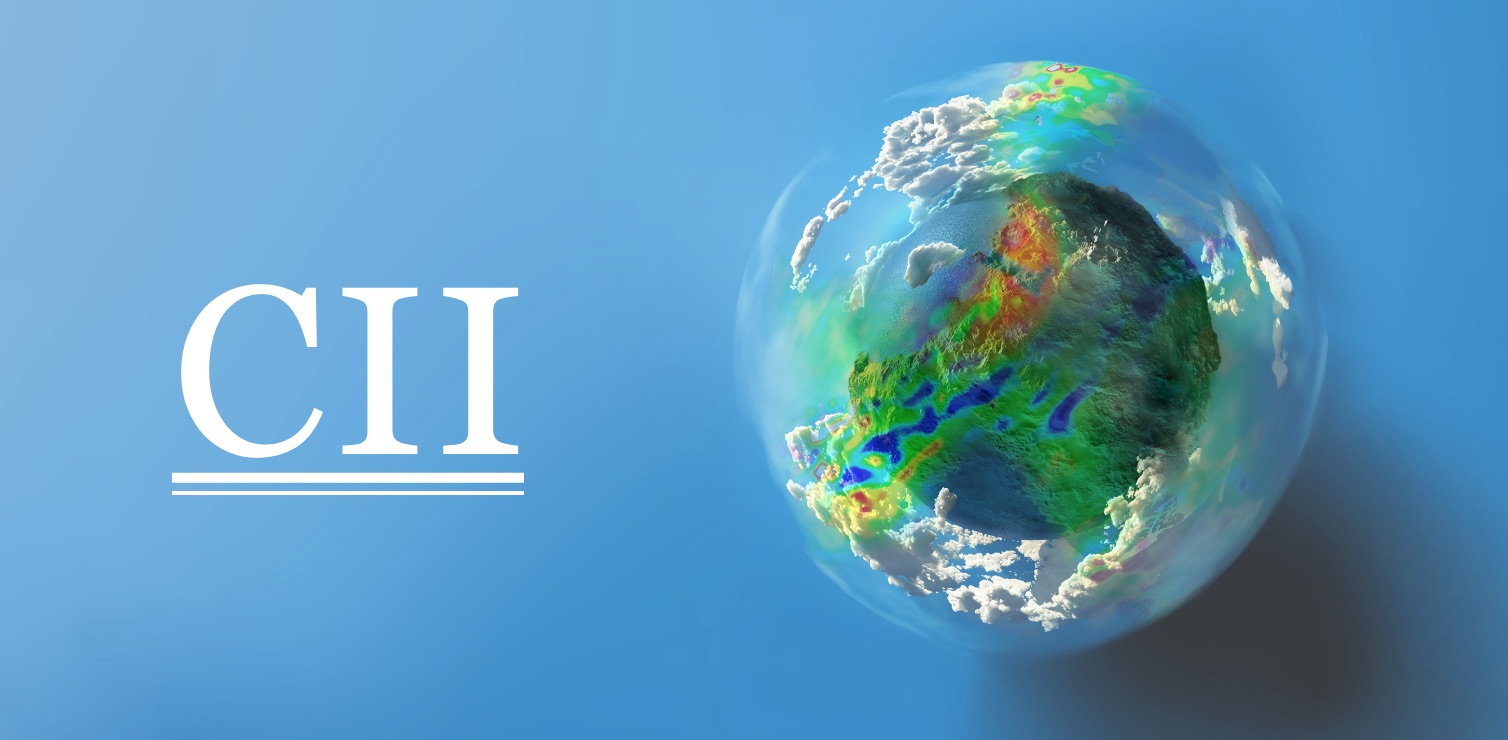
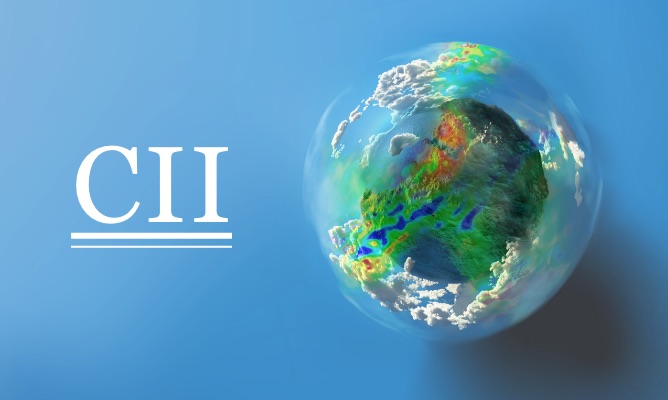
CII:
Clean aIr Index
We propose the Clean aIr Index (CII) as a global standard for overall air cleanliness, not just for individual pollutants. Clean air is undoubtedly a valuable resource. Air pollution in cities due to PM2.5 and other pollutants has become a worldwide problem.
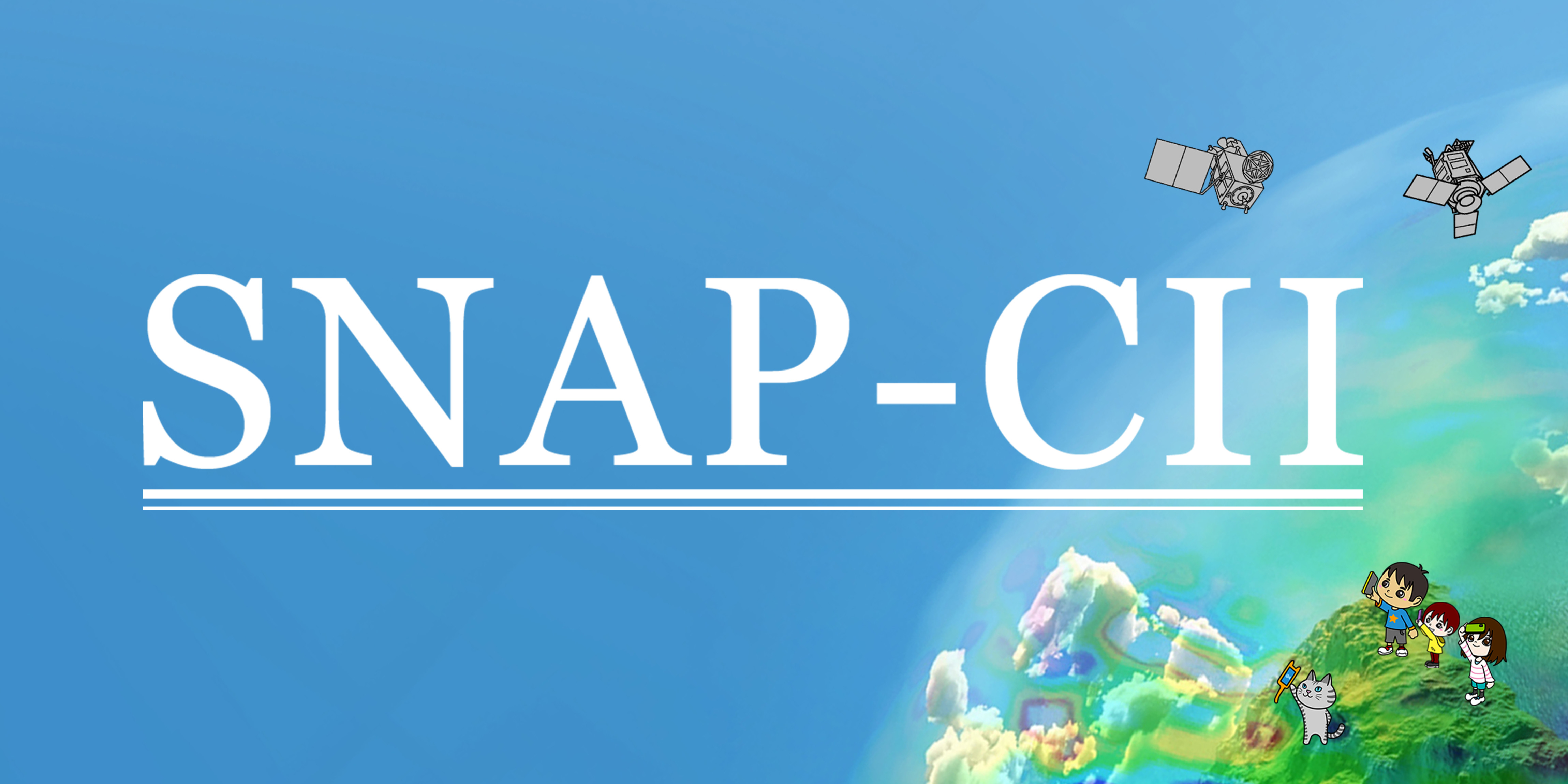
SNAP-CII:
Algorithm to estimate aerosol concentration using image analysis
Air is a valuable environmental resource along with water and soil. Aerosols, including PM2.5, floating in the air cause health hazards, and are important substances for climate change prediction. Aerosols have been measured with specialized equipment, but by developing an algorithm called SNAP-CII, we realize that "anyone can observe the atmospheric aerosols with a smartphone".

GOSAT-GW:
Global Observing SATellite for Greenhouse gases and Water cycle
GOSAT-GW is the third satellite in the GOSAT Series for observations of greenhouse gases, and it is planned to be launched in 2024 fiscal year.
GOSAT-GW challenges to observe CO2 and methane, as well as air pollutant nitrogen dioxide (NO2) from space.
We develop the data processing system to derive NO2 concentration with high accuracy and high speed.


GOSAT:
Determine the origin of CO2 emissions
Global warming is one of the most serious problems. We are trying to quantitatively identify the source of anthropogenic greenhouse gas emissions using the satellite remote sensing such as GOSAT. The Greenhouse gases Observing SATellite “IBUKI” (GOSAT) is designed to measure the concentration of major greenhouse gases such as carbon dioxide CO2 and methane CH4 from space. It was successfully launched in 2009 and has continued to send data to the Earth as a latter operation after completing its scheduled operation in 2014.
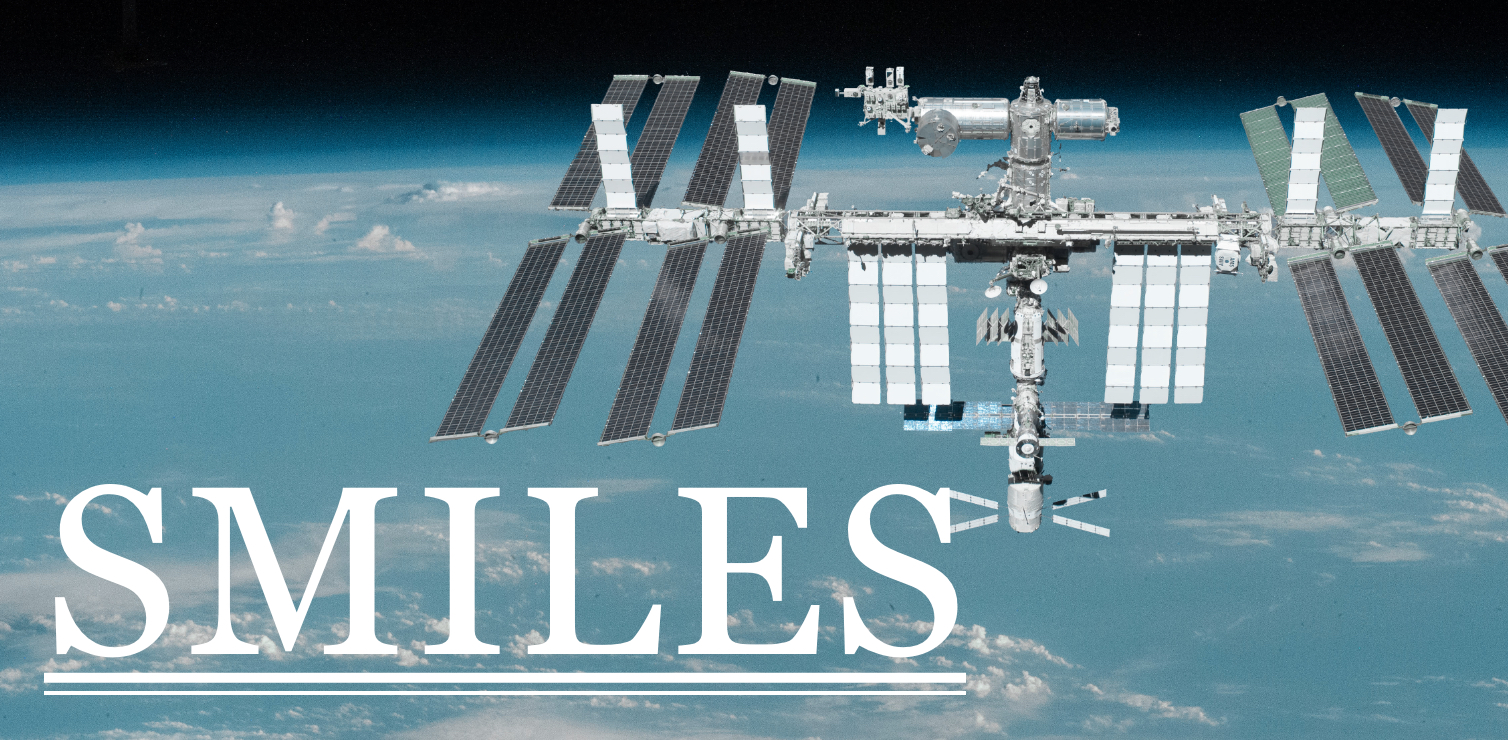
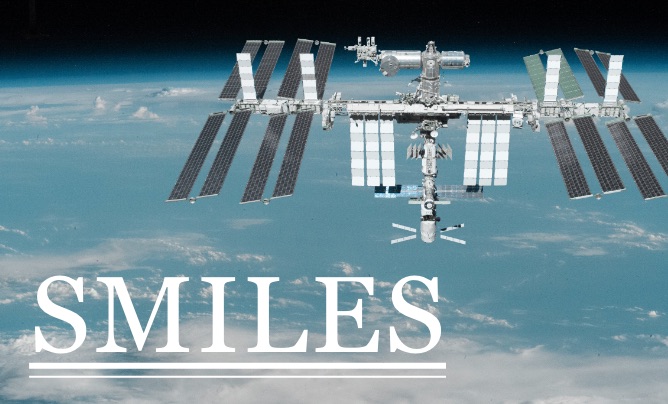
SMILES:
Earth's Atmosphere Observation from ISS
SMILES (The Superconducting Submillimeter-Wave Limb-Emission Sounder) is an atmospheric observation sensor of unprecedented high sensitivity with superconducting technology, jointly developed by the National Institute of Information and Communication Technology (NICT) and the Japan Aerospace Exploration Agency (JAXA). In the Japanese Experiment Module “KIBO” aboard the International Space Station (ISS), using terahertz waves, we have observed substances such as ozone (O3) and hydrogen chloride (HCl) that are related to ozone layer depletion and air pollution with high precision. It began observation in September 2009, and ended in April 2010.
APOLLO:
Air Pollution Observation
APOLLO (Air Pollution Observation) is a project to observe pollutants from space. To understand the current state of air pollution in Japan and all over the world, we will observe the atmospheric environment from the ISS (International Space Station). It is designed to identify pollution sources by measuring with high spatial resolution (about 1 km) using terahertz waves.
THz Technology
Our field is not only in space, but also around us. To build a small, light, and inexpensive ultra-high-precision explorer for extremely harsh environment of space, we have honed various technologies to the cutting edge. There are several technologies that have potential for application in our daily lives, such as terahertz-wave high-speed communication.
